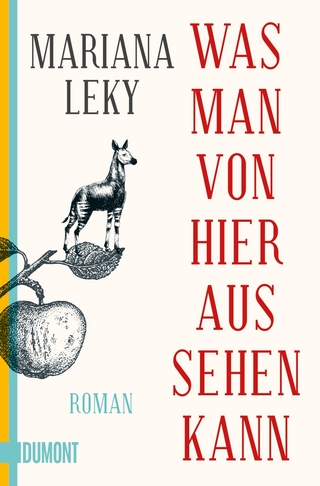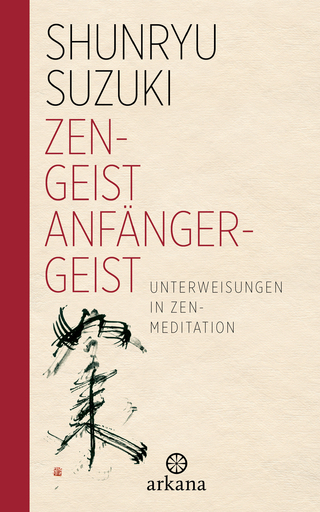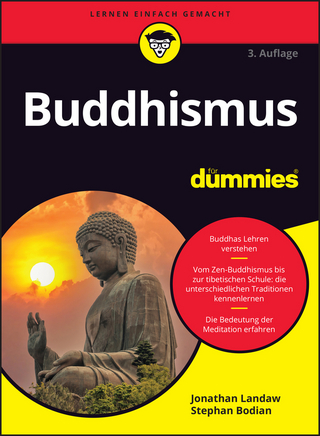
Ajanta's Evolution
Archaeopress (Verlag)
978-1-80327-717-2 (ISBN)
Ajanta’s Evolution: From Sāvakayāna to Bodhisatvayāna amid Hunnic Turmoil offers a new scholarly exploration of the rock-cut caves, their sculpture and paintings, meticulously tracing the rise, transformation, and legacy of these architectural marvels.
The book takes an interdisciplinary approach, combining elements of historical, archaeological, artistic and Buddhist studies. Part I treats the grand epoch of Śrāvakayāna, discussing archaeological contexts, cave classification methodologies, and the emergence of rock-cut monasteries under the influence of King Hari Ṣeṇa. Against the backdrop of Hunnic upheaval and societal transformations, Part II delves into the Bodhisatvayāna era, chronicling the impact of Alchon or Alkhan Hun raids, migrations, and the evolution of the rock-cut monuments.
The principle aim is to contextualize the site of Ajanta within a new historical setting. It seeks to address the paradox of how the Early Alchon or Alkhan Hunnic invasions, despite causing significant challenges to the development of the fifth-century cave temples, also provided opportunities for innovation. Another noteworthy aspect is the introduction of a novel taxonomical approach to the monuments. A revised chart for the taxonomy and typological classification of Buddhist rock-cut monuments is presented, mapping the evolutionary trajectory of architectural development over time.
Rajesh Kumar Singh studied at undergraduate and postgraduate levels and obtained his doctorate in art history from M. S. University of Baroda. His doctoral research focused on Ajanta. Under the banner of the Ajanta Mahapitaka project, he has published six monographs and 22 articles in peer-reviewed journals to date.
Preface
Introduction: Basic Questions
Part I: Ajanta During the Śrāvakayāna Period – From the late third century BC to around AD 467
1. Archaeological context
2. Classification
3. Caves of Period I
4. Hiatus I and the beginning of Hunnic raids
5. King Hari Ṣeṇa and the growth of rock-cut monasteries in Period II
6. Hunnic upheaval, refugee crisis, and the spread of ideas
Part II: Ajanta During the Bodhisatvayāna Period – From circa ad 468 to 480
7. Bodhisatvayāna and Mūla/Sarvāstivāda
8. Impact of the Alkhan Hun raids and Buddhist exoduses
9. Hiatuses, sculptures, and rock-cut monuments
10. The fifth raid by the Alkhan Huns: Devastation in western & central India
Conclusion
Tables
References
Plates
Index
| Erscheinungsdatum | 27.04.2024 |
|---|---|
| Verlagsort | Oxford |
| Sprache | englisch |
| Maße | 173 x 244 mm |
| Gewicht | 399 g |
| Themenwelt | Kunst / Musik / Theater |
| Geisteswissenschaften ► Archäologie | |
| Geisteswissenschaften ► Religion / Theologie ► Buddhismus | |
| ISBN-10 | 1-80327-717-3 / 1803277173 |
| ISBN-13 | 978-1-80327-717-2 / 9781803277172 |
| Zustand | Neuware |
| Haben Sie eine Frage zum Produkt? |
aus dem Bereich


